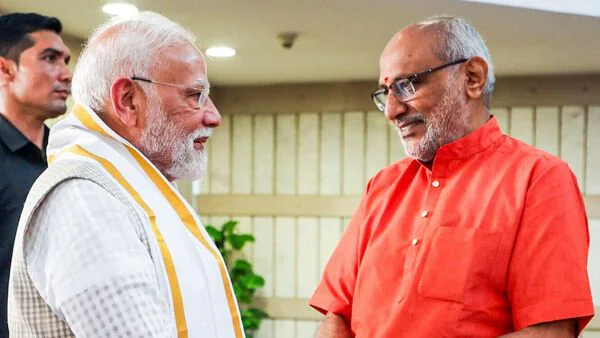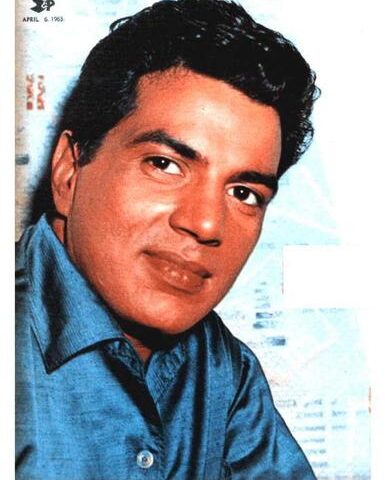CP Radhakrishnan elected Vice President of India, defeats Sudershan Reddy
By: Javid Amin | 09 September 2025
Election Outcome
CP Radhakrishnan, the NDA nominee and current Governor of Maharashtra, has been elected as the 15th Vice President of India. He defeated the opposition INDIA bloc’s candidate, B. Sudershan Reddy, a retired Supreme Court judge, in a closely watched contest.
-
Radhakrishnan’s tally: 452 votes
-
Sudershan Reddy’s tally: 300 votes
-
Total strength of electoral college: 781 MPs (Lok Sabha + Rajya Sabha)
The results were formally declared by Returning Officer PC Mody, who confirmed that the outcome would be conveyed to the Election Commission of India.
Significance of the Result
The Vice Presidential election—though largely predictable due to the NDA’s parliamentary strength—carried symbolic weight for both camps:
-
For the NDA, Radhakrishnan’s nomination underscored the party’s strategy of elevating leaders from southern India and OBC communities.
-
For the Opposition INDIA bloc, fielding Sudershan Reddy highlighted its effort to project unity and seriousness, even in contests where arithmetic was stacked against it.
That Reddy secured 300 votes reflects not just opposition solidarity but also the growing willingness to contest symbolic battles against the ruling alliance.
Who is CP Radhakrishnan?
At 67 years old, CP Radhakrishnan brings decades of political experience to the office:
-
RSS and BJP Roots: Began his political career in the Rashtriya Swayamsevak Sangh (RSS), later rising through the ranks of the BJP.
-
Parliamentary Experience: Served as a two-term MP from Coimbatore, Tamil Nadu.
-
Near Miss in 1998: Almost became a Union minister in Vajpayee’s cabinet but lost the chance due to confusion over his name with fellow Tamil leader Pon Radhakrishnan.
-
Governorship: Appointed Governor of Maharashtra, a post he held until his elevation as Vice President.
He now becomes the third leader from Tamil Nadu—after R. Venkataraman and M. Venkaiah Naidu—to occupy India’s second-highest constitutional position.
The Challenger: Sudershan Reddy
The opposition’s choice of B. Sudershan Reddy carried its own symbolic resonance:
-
A former Supreme Court judge from southern India, known for his progressive judgments.
-
His candidature highlighted the INDIA bloc’s strategy to balance regional representation and put forth figures with constitutional credibility.
-
While he lost, his performance showed the Opposition’s growing cohesion and seriousness in challenging the NDA.
Political Context
The Vice President of India also serves as the Chairman of the Rajya Sabha, making this election more than ceremonial. In an era of contentious debates, Radhakrishnan’s role will be crucial in:
-
Managing heated parliamentary sessions
-
Ensuring procedural neutrality despite political affiliations
-
Balancing ruling party dominance with opposition demands
His southern roots and OBC background also feed into the BJP’s larger social coalition strategy ahead of future elections.
Conclusion: Beyond the Numbers
CP Radhakrishnan’s victory was expected, but the Opposition’s spirited challenge through Sudershan Reddy adds significance.
-
For the NDA, the win consolidates its institutional presence.
-
For the INDIA bloc, it marks another step in building a narrative of unity and resistance, even when outcomes appear pre-decided.
This Vice Presidential election, therefore, was not just about filling a constitutional office—it was also about testing political cohesion, messaging, and the balance of power in India’s parliamentary democracy.




